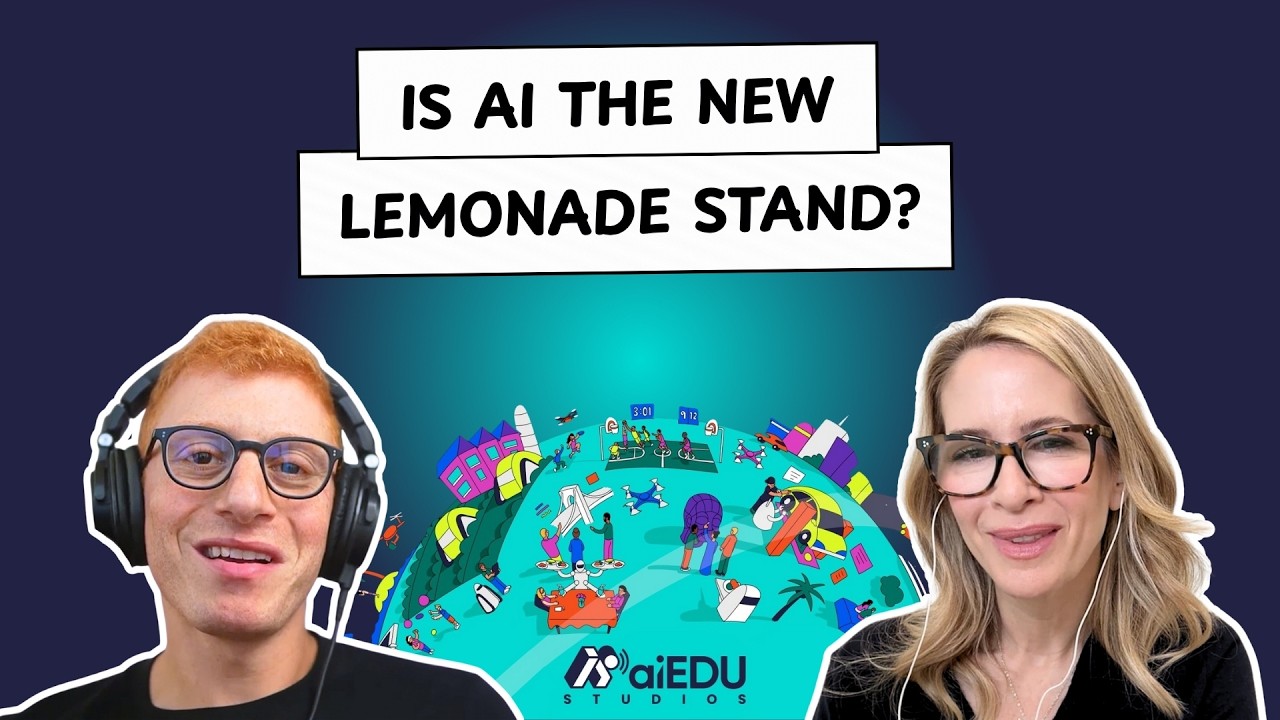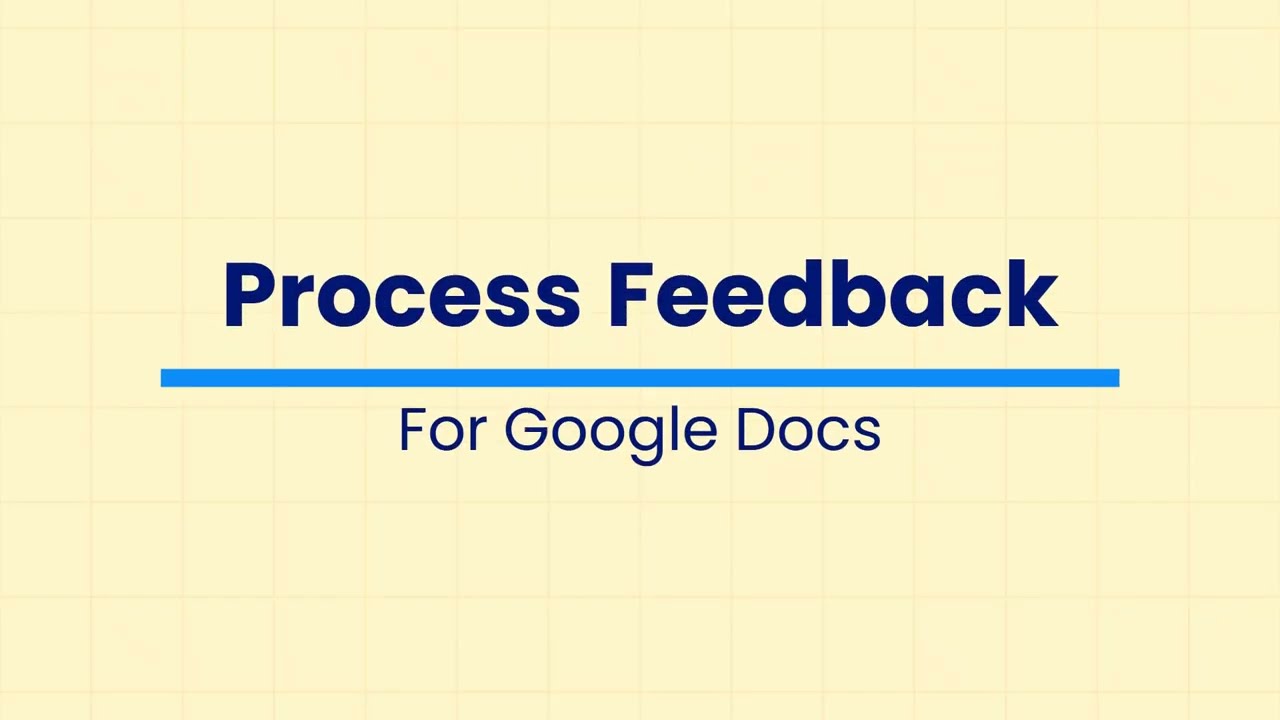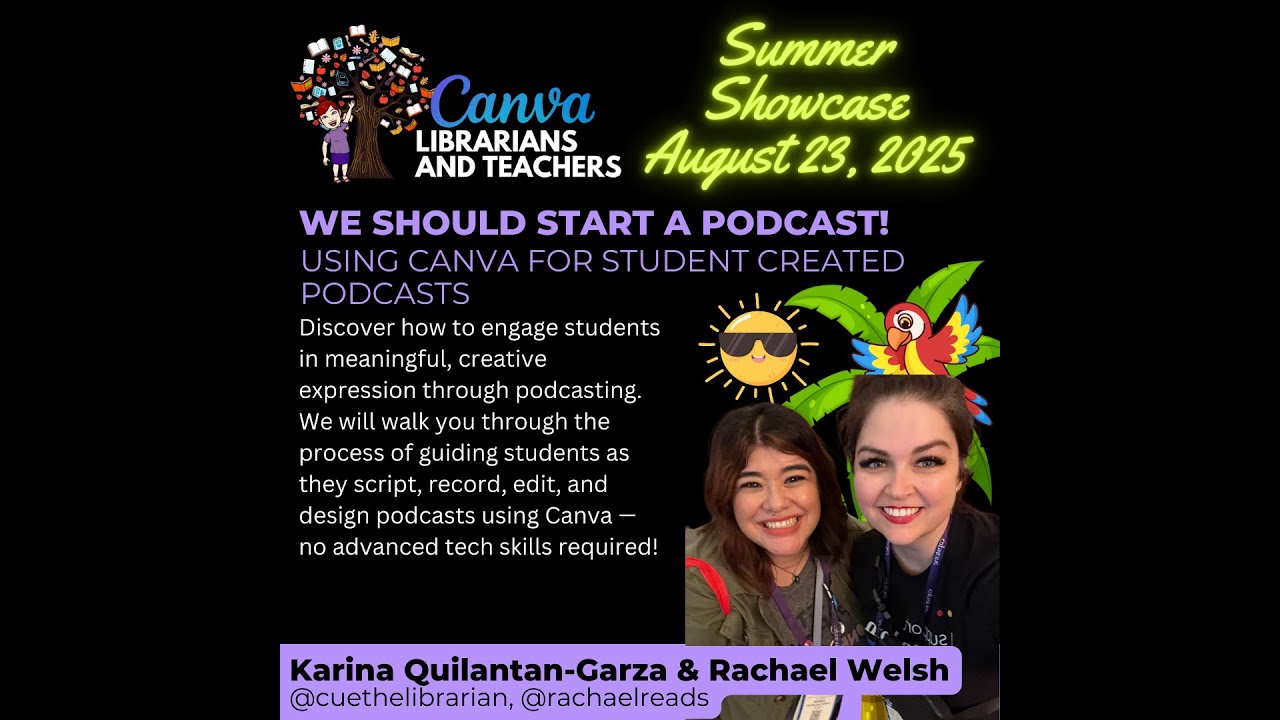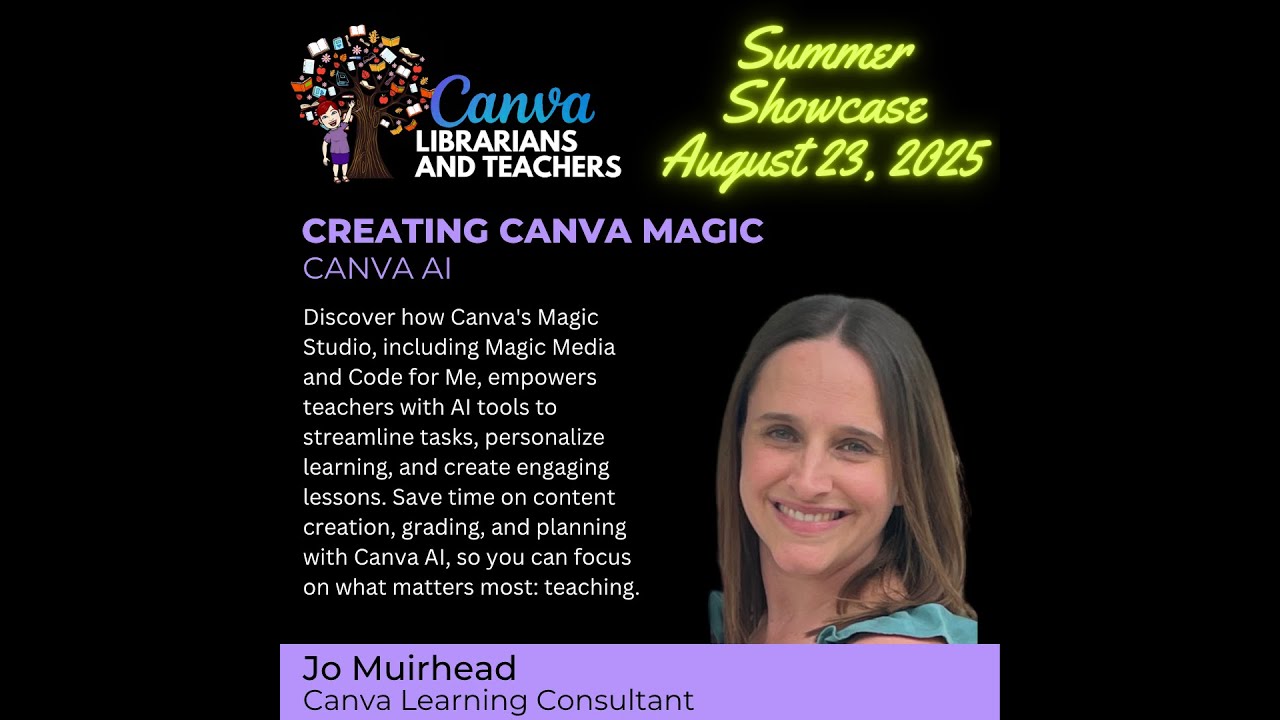
"교직 20년 버리고 Canva 입사했어요" - 크리스마스 휴가 중 한 통의 전화가 바꾼 인생 🎨✨
운명을 바꾼 크리스마스 전화 작년 크리스마스, 20년 경력의 초등교사 Jo Muirhead는 학교 휴가를 즐기고 있었습니다. 그때 한 통의 전화가 울렸죠. "Canva에서 새로 생기는 자리에 대해 얘기 나눠볼래요?" 한 번 만나서 이야기했고, 그날 밤 바로 채용 제안이 들어왔어요. Jo는 상사에게 1년 휴직을 요청했고, 지금은 정식으로 교직을 떠나 호주와 아시아 태평양 지역 전역에 Canva를 알리고 있습니다. "정말로 세상에서 최고의 직업을 갖게 됐어요." 같은 팀의 Megan Townes도 비슷한 길을 걸었어요. 10년간 중고등학교에서 가르치다가 11년 전 마이크로소프트 교육 컨설턴트로 옮겼고, 지금은 Canva 교육 부문 아시아-태평양 지역 책임자예요. "교직을 떠나려는 선생님들께 말씀드려요. 10년 후 어디에 있을지 정말 모른답니다." 이들의 이야기는 TeachTechPlay 팟캐스트에서 공개됐고, 전 세계 교육자들에게 큰 감동을 주고 있습니다. 숫자로 보는 Canva의 힘 📊 현재 전 세계 2억6천만 명이 Canva를 사용합니다. 놀라운 건 이 중 1/3 이상이 교사와 학생이라는 점이에요. 모두 무료로 쓰고 있고요. 하지만 많은 교사들이 이 사실을 몰라요! "학생들이 Canva에 들어가면 유료 버전이라고 나온다"며 걱정하는 선생님들이 많아요. 해결책은 간단합니다. 학교 관리 부서에 요청해서 학교용 Canva에 가입하면 돼요. 구글 클래스룸, 마이크로소프트 팀즈와도 연동됩니다. 교육자들만 해도 15억 개의 작품을 만들었어요. 그리고 지난 몇 년간 AI 기능은 220억 번 이상 쓰였고요. 이 숫자는 몇 개월 전 통계라 지금은 훨씬 더 클 거예요. Jo는 말합니다. "Canva는 학생들이 안전하게 AI를 배우고 시도해볼 수 있는 정말 좋은 공간이에요. 우리는 아이들을 알 수 없는 미래 직업을 위해 준비시키고 있잖아요. 교사로서 AI를 따라잡고, 학생들이 바르게 사용하도록 가르치는 게 우리 책임이죠." 상상력의 시대가 왔다 Megan이 Canva 창립자 Mel Perkins의 말을 소개했을 때, 많은 교육자들이 공감했어요. "우리는 상상력의 시대에 들어왔습니다. 앞으로 빛나는 사람은 AI를 쓸 줄 아는 사람이 아니라 상상력을 쓸 줄 아는 사람입니다." Canva는 디자인을 쉽게 만들어주지만, AI는 그저 도구일 뿐이에요. 진짜 마법은 사용자의 창의력에서 나옵니다. Canva의 AI 기능들: Magic Write: 글 만들기와 수정 Magic Media: 사진, 그림, 3D, 동영상 만들기 Background Remover: 배경 지우기 (가장 오래된 AI 기능) Canva Code: 게임이나 퀴즈 같은 인터랙티브 콘텐츠 만들기 (핵심!)
- ContenjooC





















